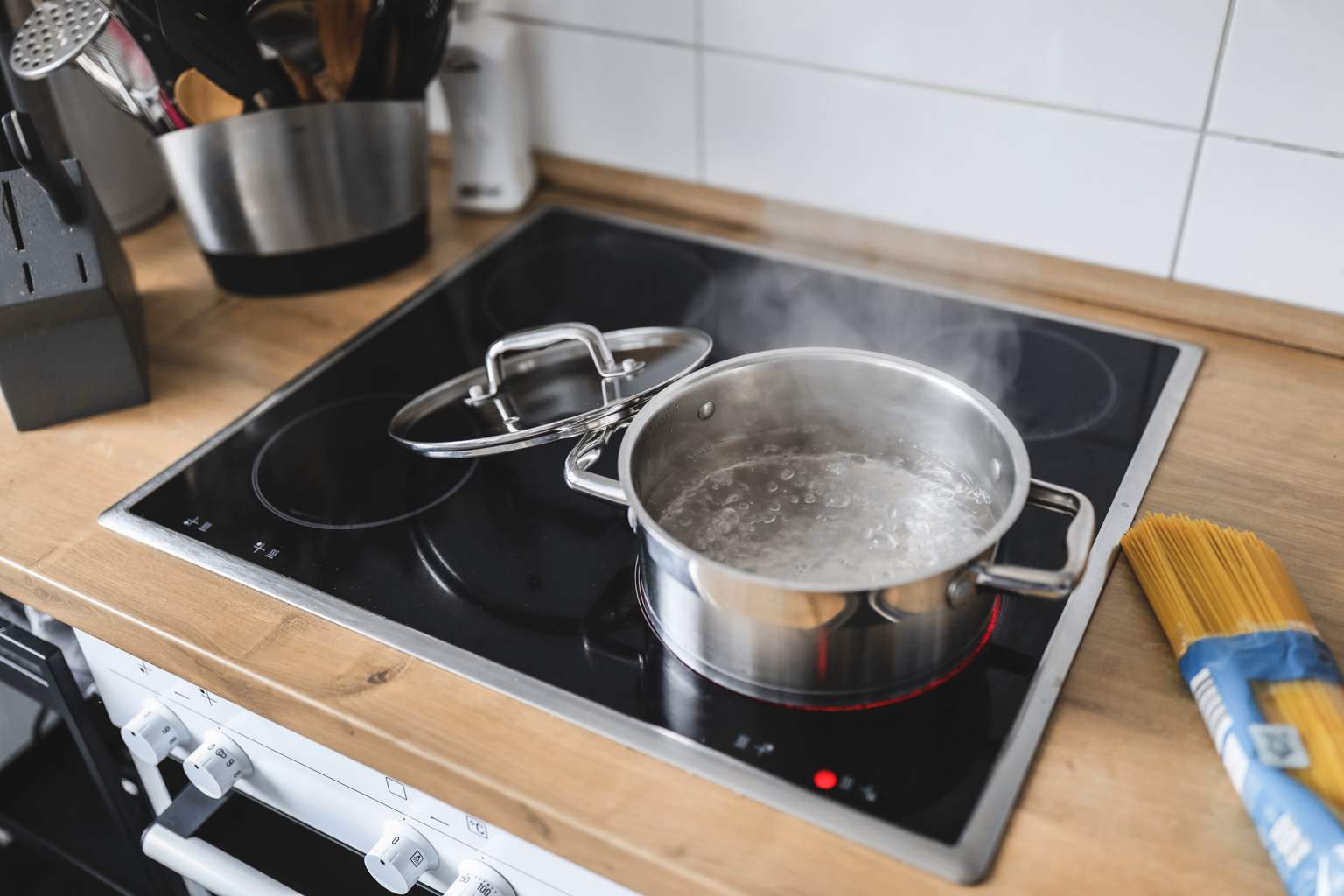When cooking pasta, one of the most debated questions in kitchens everywhere is: should you add salt to the water before it boils or after? This simple choice can feel surprisingly complicated, with various cooks offering conflicting advice. But now, physicist Professor Vincenzo Schettini has weighed in to settle the debate once and for all.
On his popular YouTube channel “La fisica che ci piace,” Schettini explains the science behind how salt affects boiling water, giving us clarity on this everyday culinary mystery.
The science behind salt and boiling water
If you’ve ever wondered why some recipes emphasize adding salt just as the water starts boiling, there’s a scientific reason. Salt does raise the boiling point of water, meaning salted water boils at a slightly higher temperature than pure water. However, Schettini points out that to raise the boiling point by just 1 degree Celsius (about 1.8 degrees Fahrenheit), you would need to dissolve approximately 8.8 ounces of salt in about 1 gallon of water.
In most pasta recipes, we only use a fraction of this amount, typically around a tablespoon or two for a large pot. That quantity is nowhere near enough to meaningfully increase the boiling temperature. As a result, whether you add salt before or after the water reaches a boil, the difference in cooking temperature is negligible.
When to add salt – before or after boiling?
So what does that mean for your kitchen routine? Professor Schettini’s answer is refreshingly simple: it doesn’t matter from a scientific standpoint whether you put the salt in before or after the water boils.
Many people prefer adding salt once the water is boiling because it seems to dissolve faster and because some fear that adding it early will delay the boil. But as Schettini notes, the typical amount of salt you use will not noticeably change the boiling time either.
One practical tip he provides is about adding salt gradually if you’re used to salting water after it has already started boiling. Every grain of salt actually acts as a tiny center where bubbles begin to form, called nucleation sites. If you dump a large amount of salt all at once, it can trigger a rapid rush of bubbles, leading the water to foam up and spill over.
Tips for perfect pasta every time
Thinking back to my own early kitchen experiments, I remember trying to time adding salt just right, anxious the water would boil over or cook unevenly. After learning from chefs and reading about the science, I realized the key isn’t the precise moment salt hits the pot, but the overall care you take during cooking.
Make sure your pasta water is salted enough to enhance the flavor—generally, about 1 to 2 tablespoons per gallon—and add it either before or right as the water comes to a boil. Stir to avoid clumping, and keep an eye on the pot to prevent spillovers.
Have you ever had a pasta water disaster that made you fear the salt timing? Or do you have your own ritual for salting pasta water? Share your experiences or tips in the comments. What’s your secret to perfectly seasoned pasta? Let’s get the conversation going!

Well, I am a physicist, so I already knew when you added the salt did not matter. I had a couple of healthy “3 fingers and a thumb” worth of salt in a large pot when I turn on the heat. It seems fine.
I learned from Rachel Ray to salt boiling water to
1) taste like sea water
and
2) salt will not scorch the bottom of your pan if added while boiling
I usually put salt in before I boil the water had great results I will try the other way see how that works..